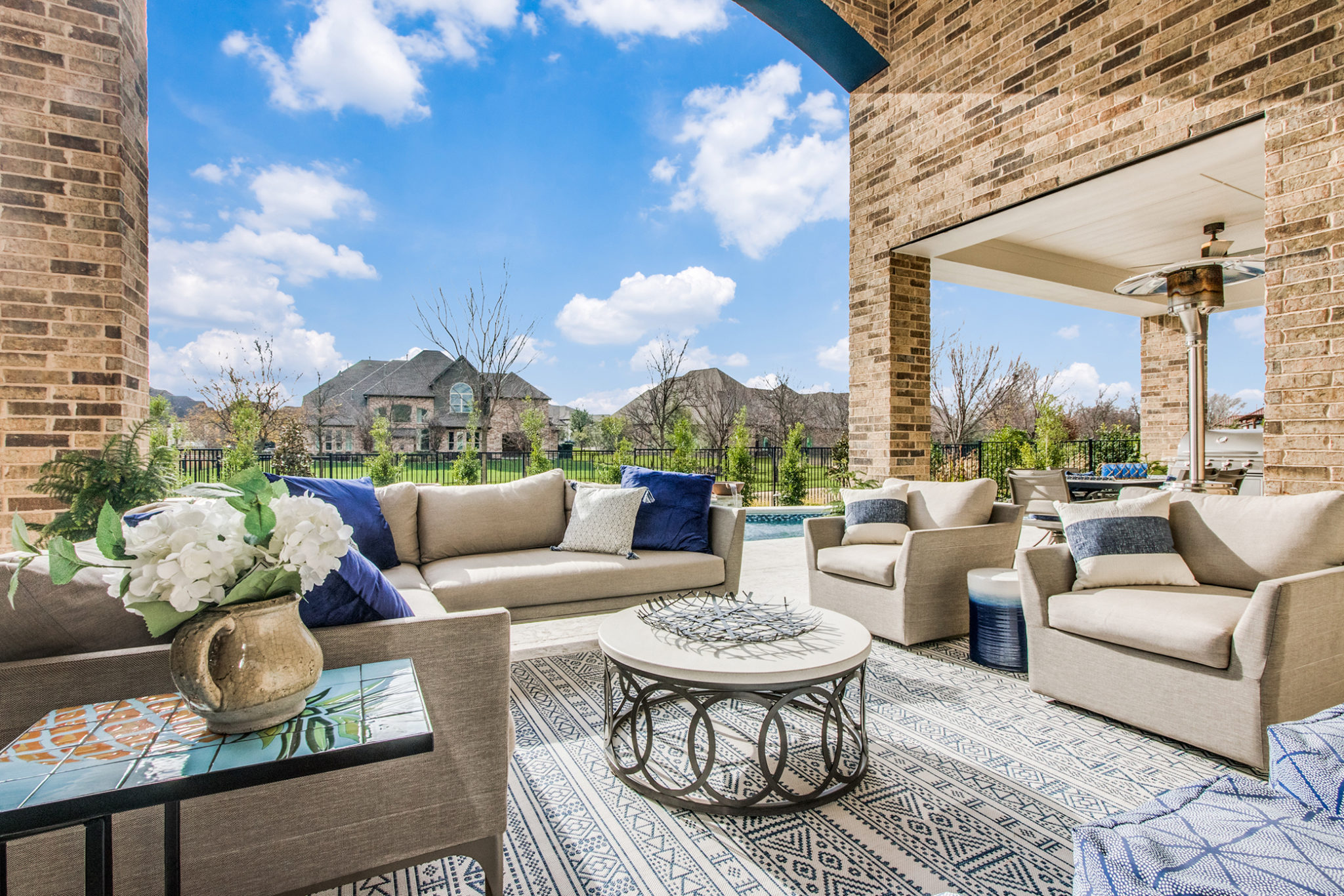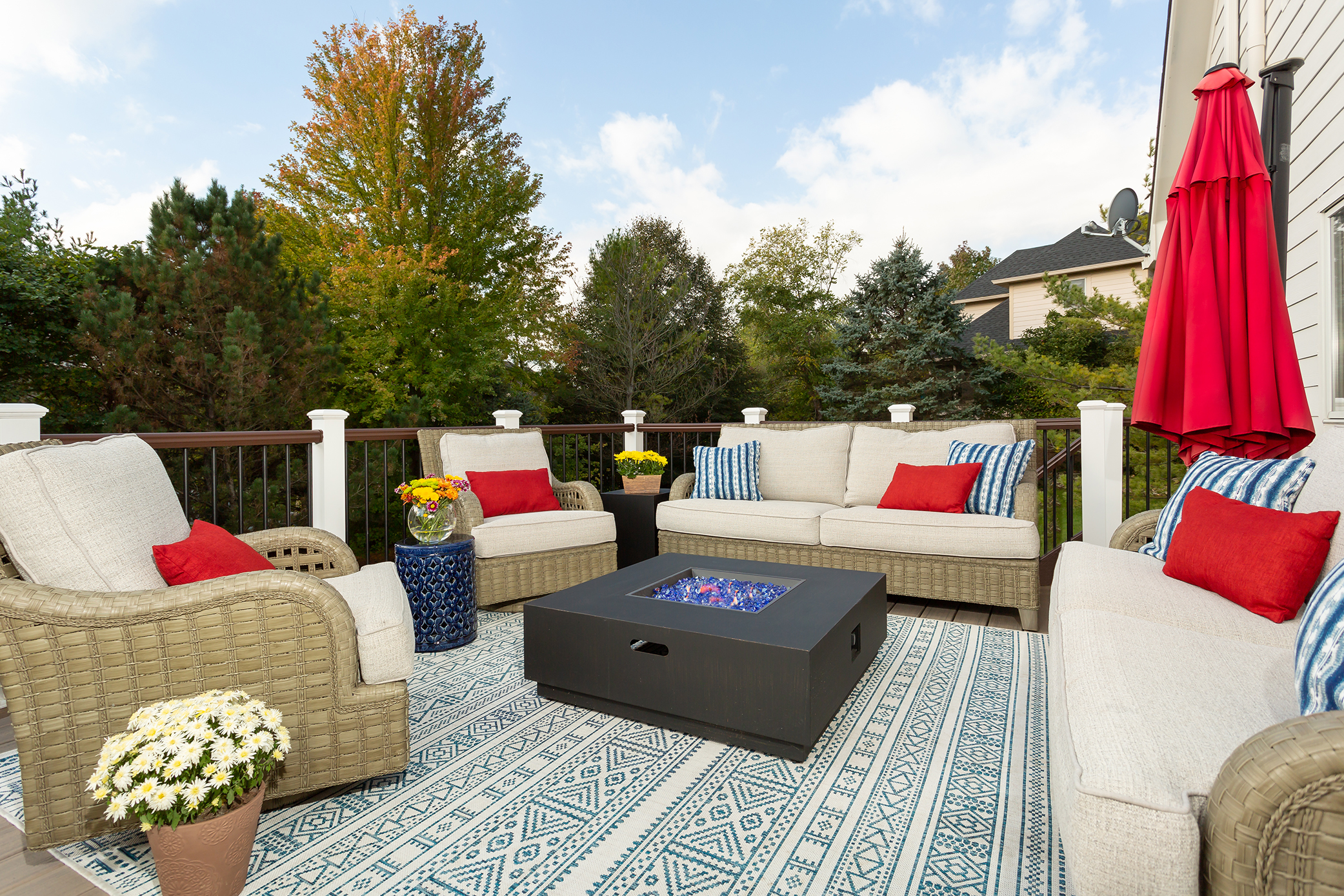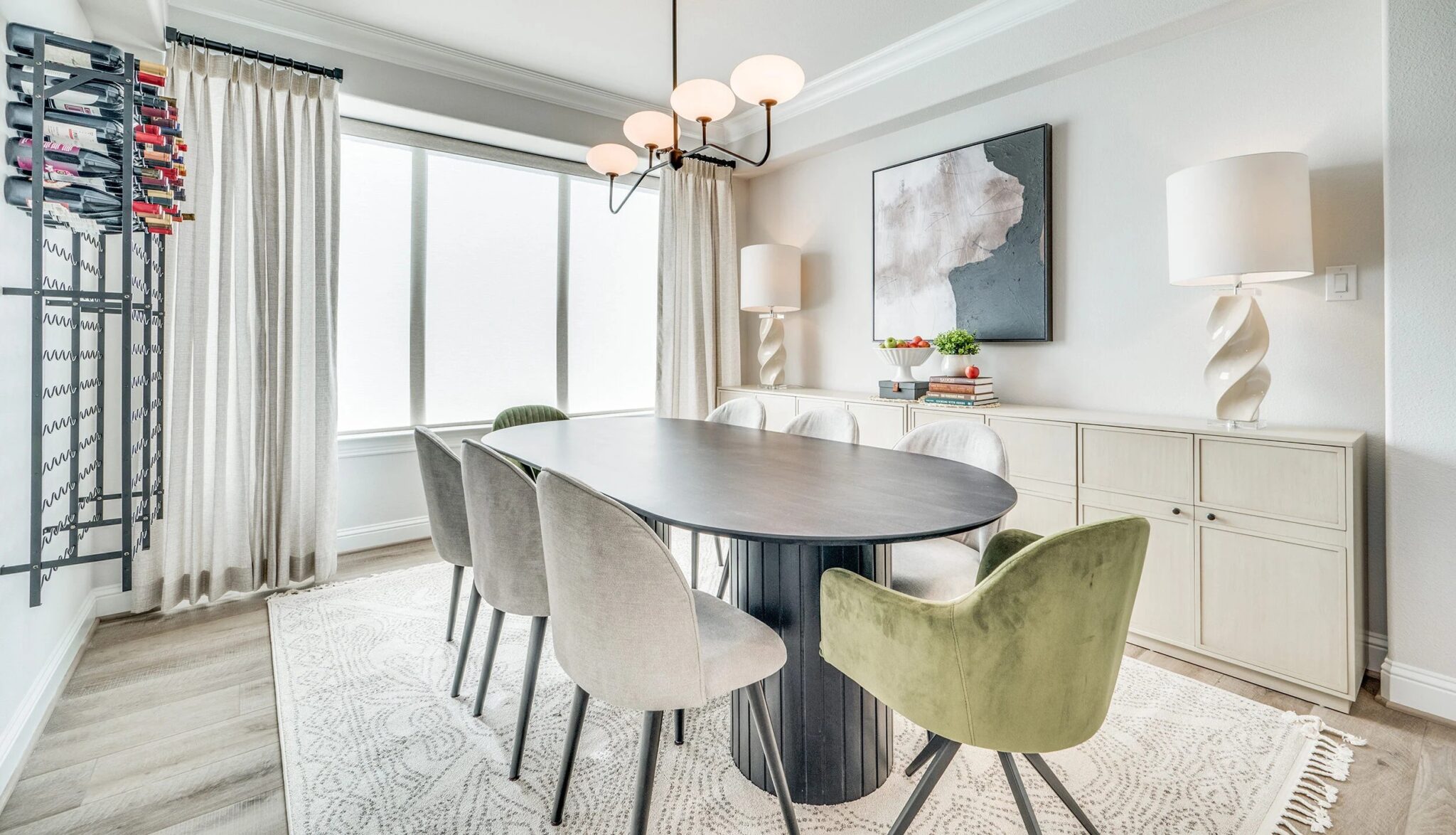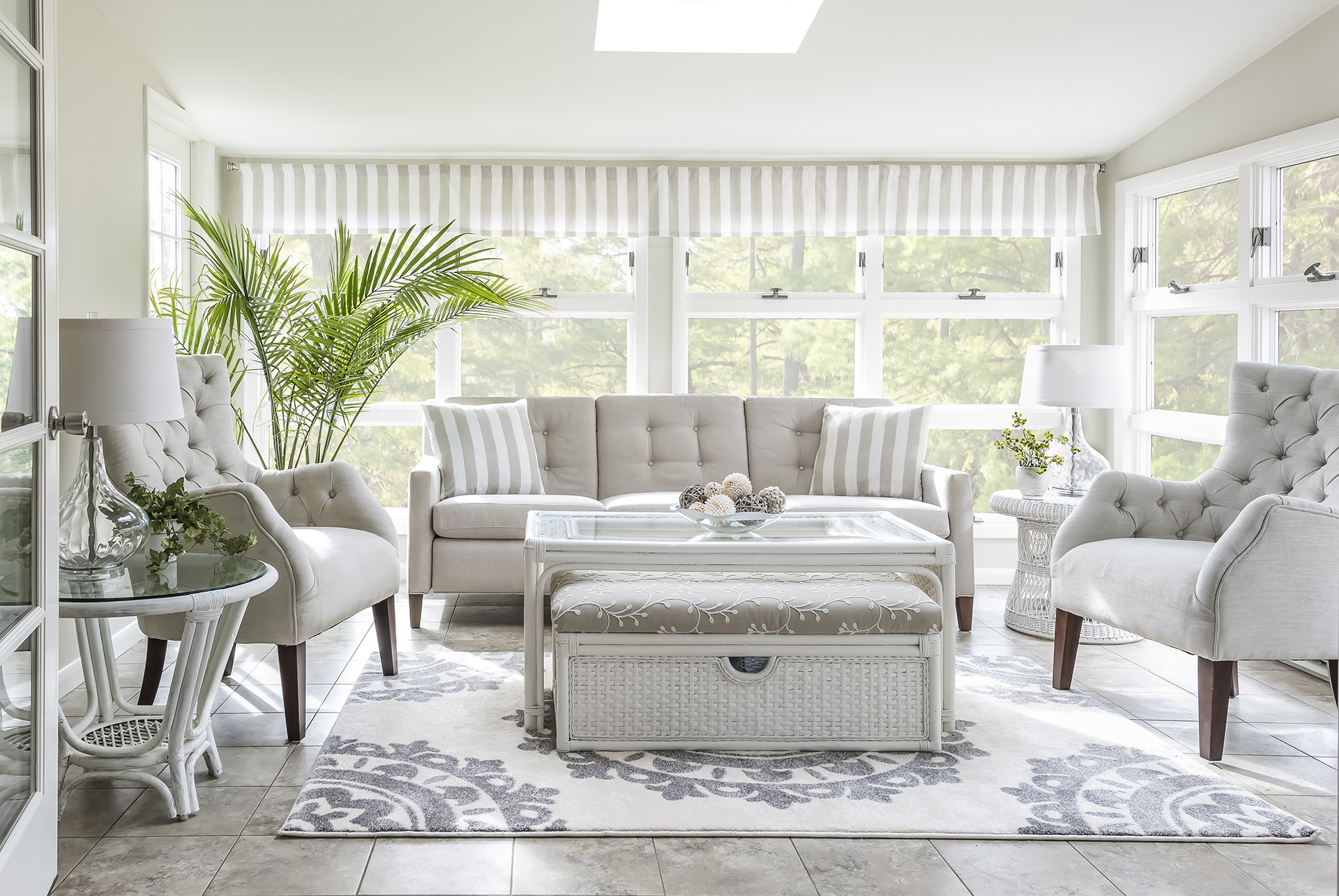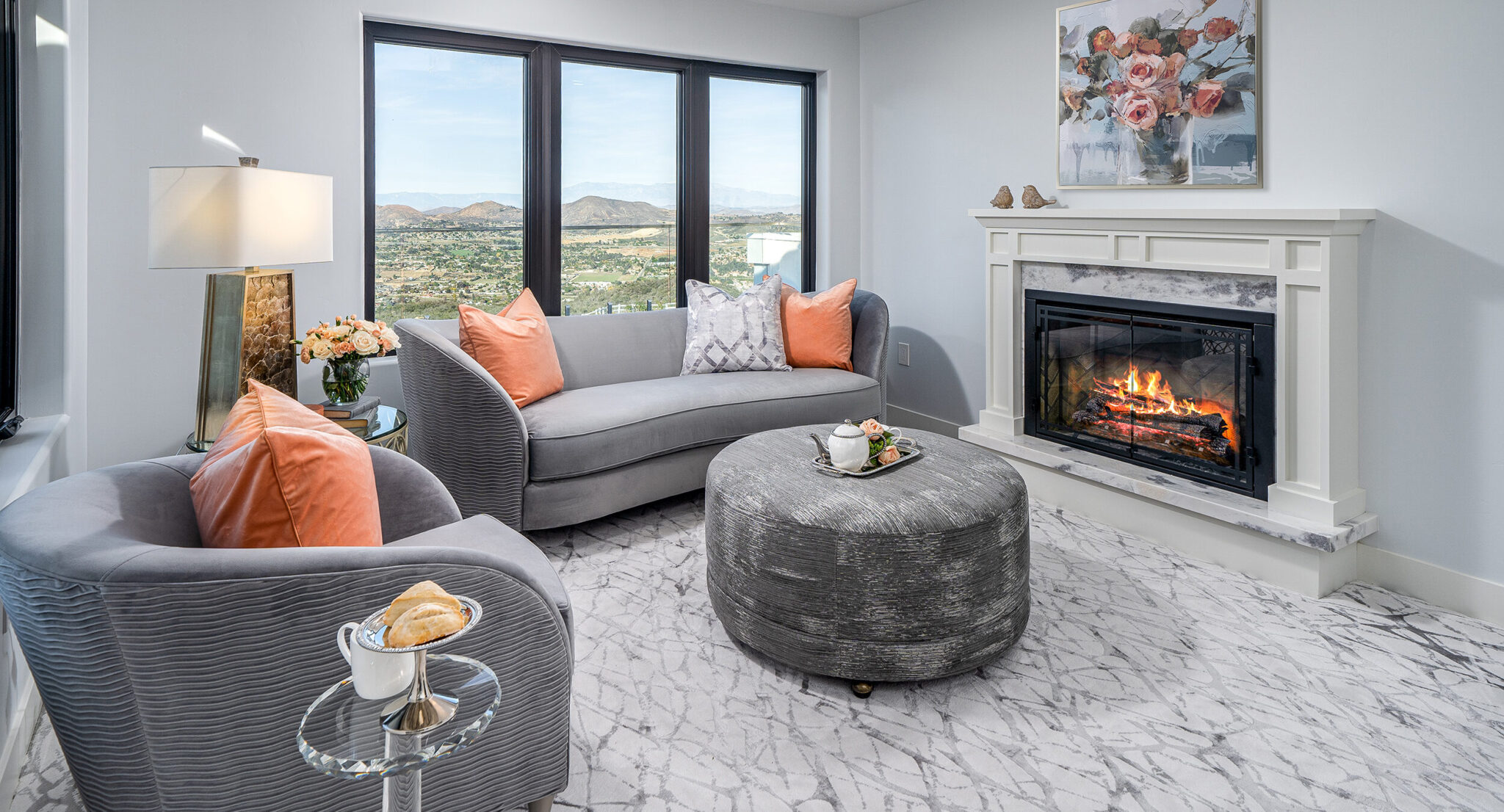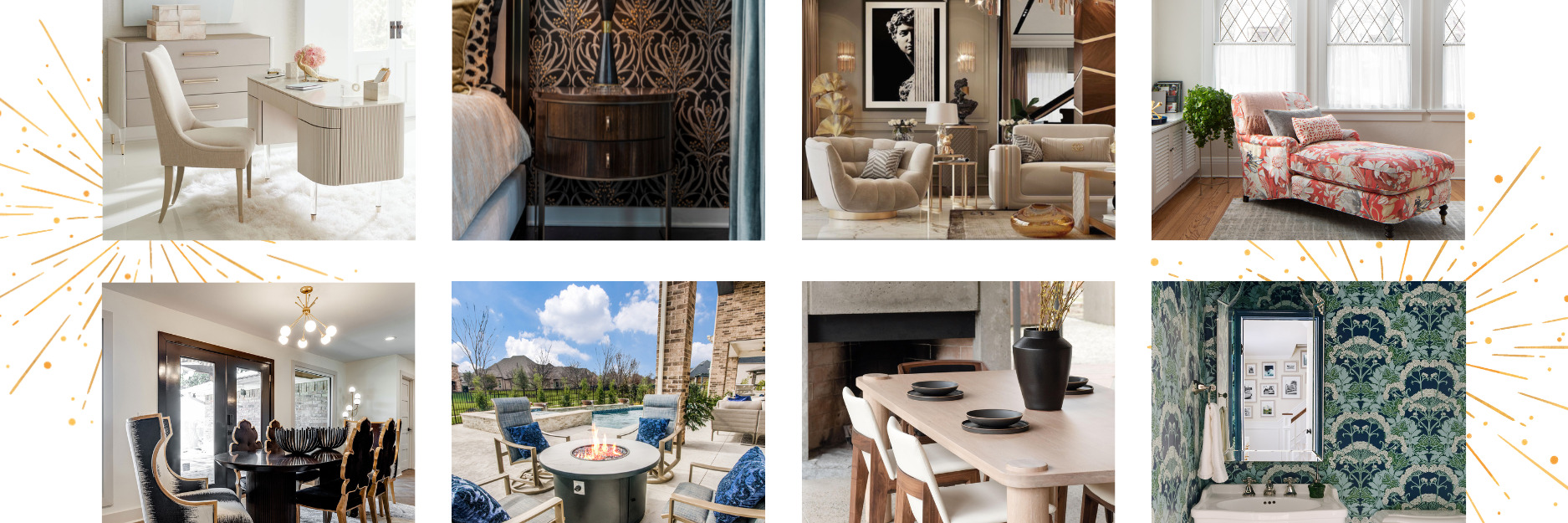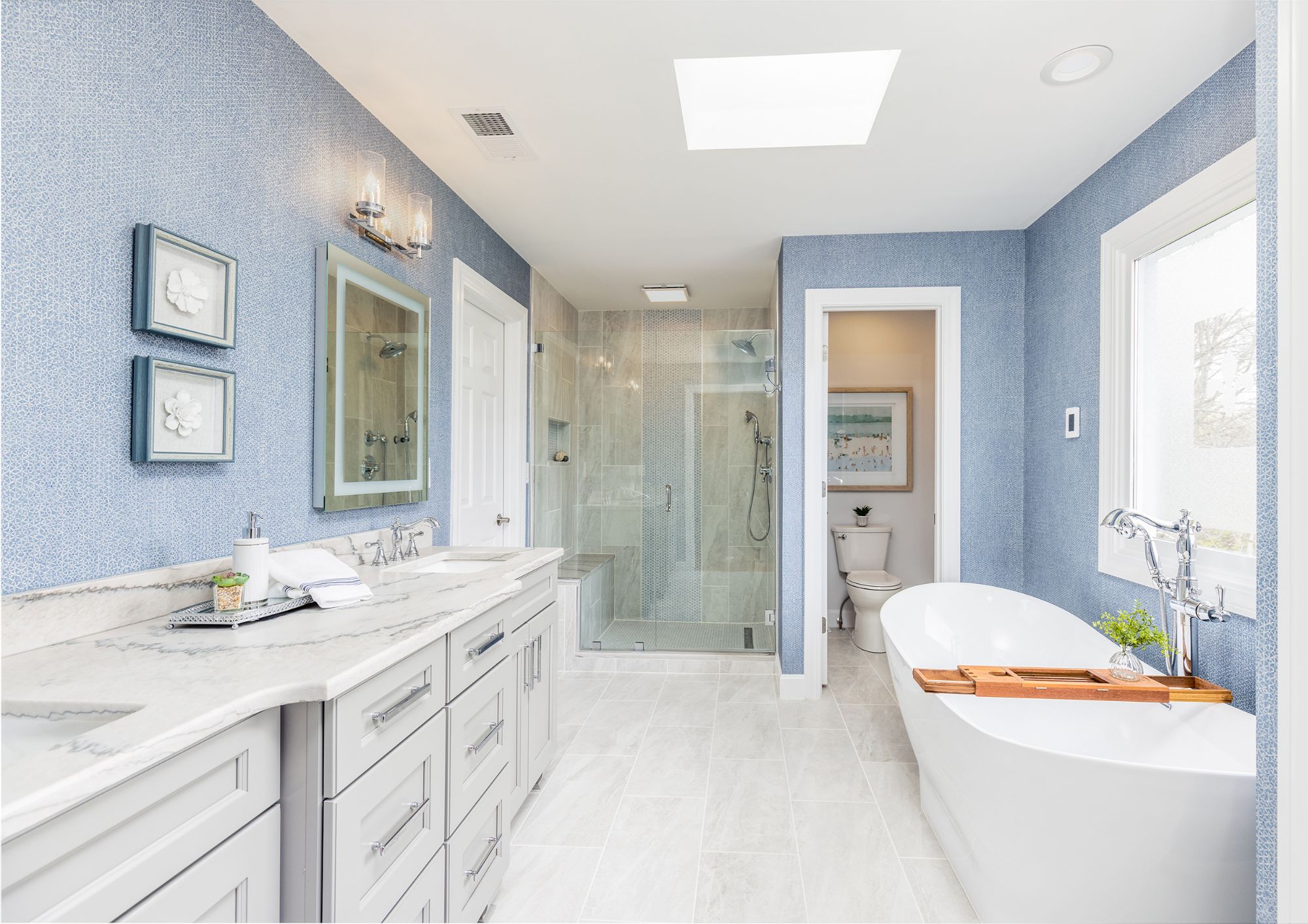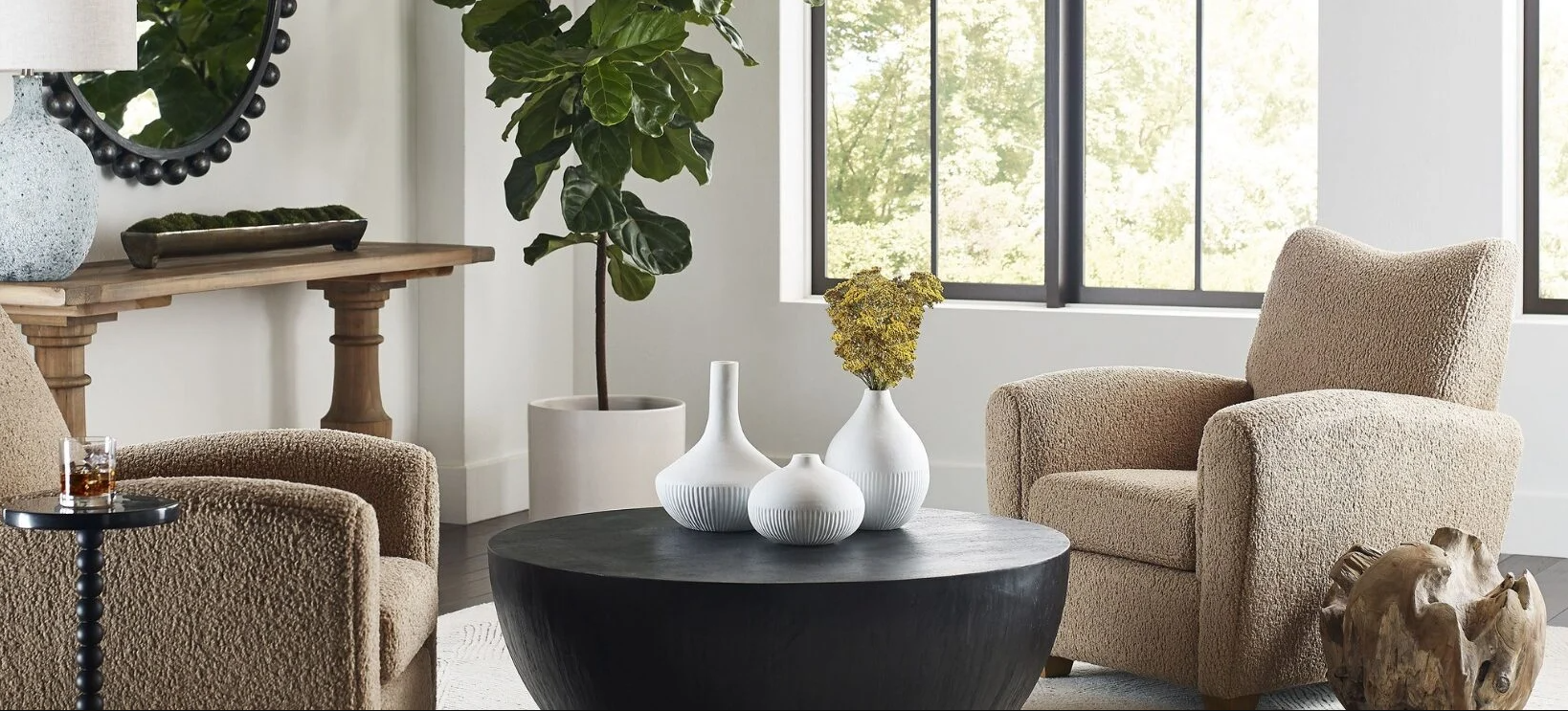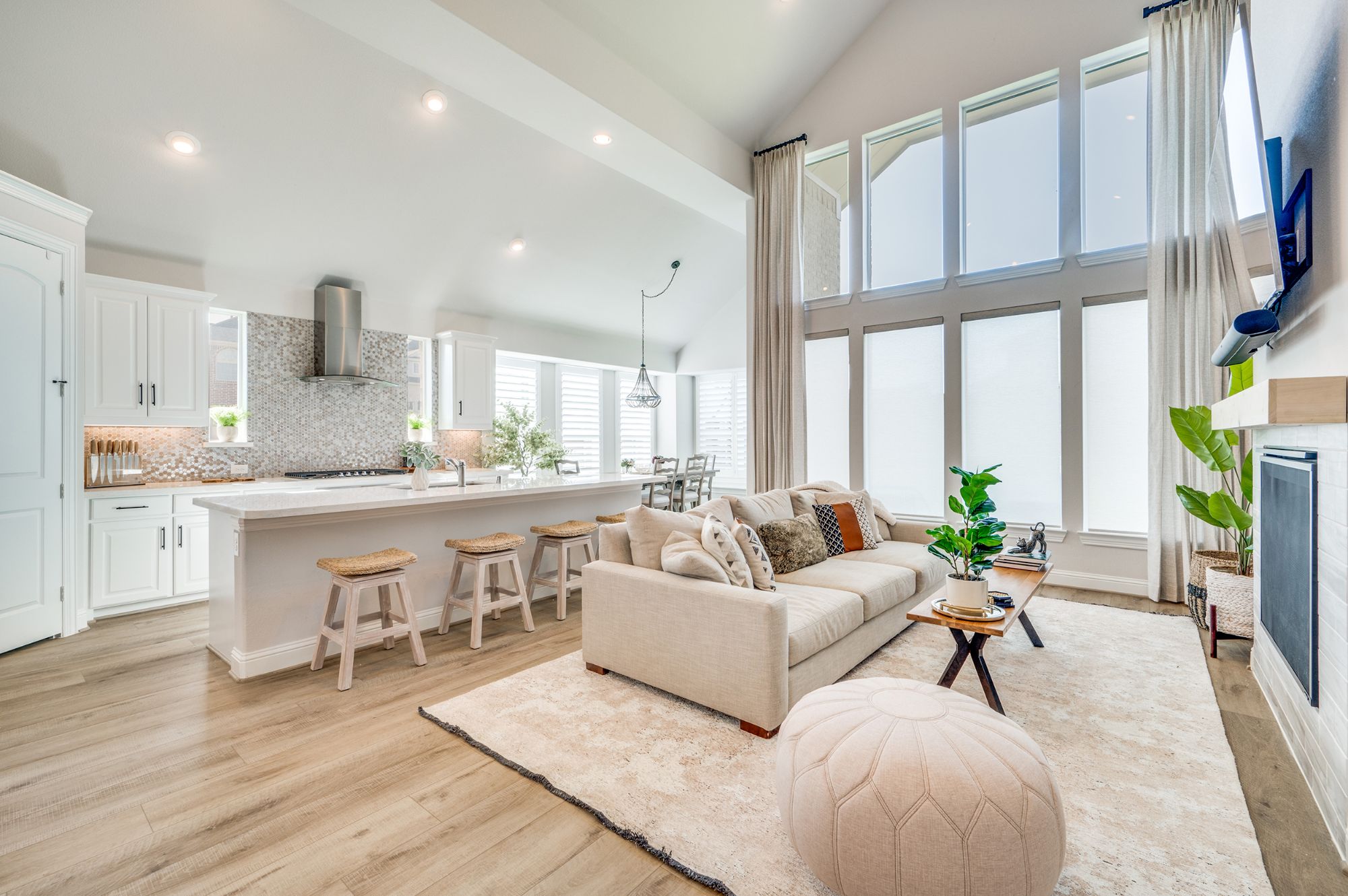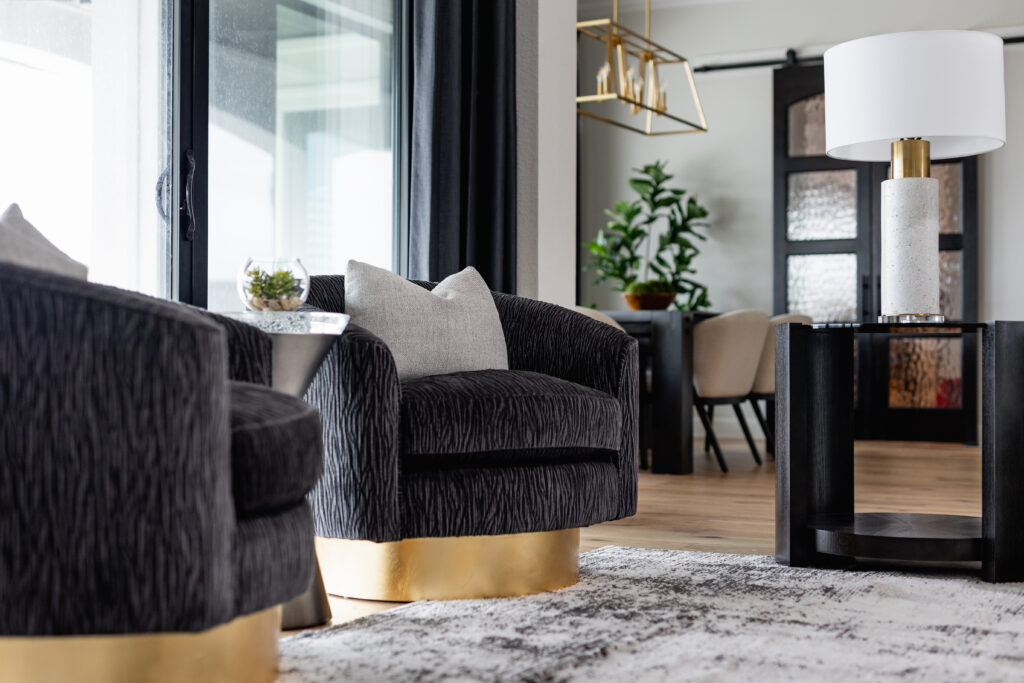Carefully stylizing your indoor and outdoor spaces to complement each other does more than enhance your overall home design. It also creates an open, cohesive space that can make your home feel bigger. Here are five tips for making your interior flow into your exterior.
- Mix Up Materials – Intentionally adding finishes that are often seen outside inside, or vice versa, allows you to easily and effectively blur the boundaries between indoor and outdoor spaces. For instance, incorporating raw materials, like exposed wood beams or brick walls, into your indoor design allows you to introduce some of the natural, more rugged elements you typically find outdoors. Covering outdoor spaces in paint or decorative tile that you can find indoors lets you bring more stylized aspects to your exterior space. This mixing of materials helps create more openness and consistency between the two.
- Go With Glazing – In home design, glazing refers to the installation of glass windows or walls. By swapping out a solid wall for one with glazed windows, doors, or entire panels, you strategically create views of your home’s indoor and outdoor spaces all at once. This new view leads to connectedness in your design’s overall look and feel. Additionally, glazing allows more natural light to pour into your home, which can boost your mood and help brighten up your space.
- Lean Into Lighting – Similarly, strategic lighting in your outdoor space allows you to use it after sundown, making it more practical and aligned with your in-home design. From lit footpaths to hanging string lights and dropping pendants, outdoor lighting options are limitless and can literally lead you from one space of your home to the next. Regardless of your choice, all are guaranteed to create a more accessible, intimate space that’s more closely connected to the rooms indoors.
- Add Covering – Having a covered space outside allows maximum use of your outdoor entertainment area regardless of the temperature or weather conditions. One of the most popular outdoor coverings is a decorative gazebo. Placing durable outdoor area rugs, thoughtfully staged seating, and other stylized elements underneath the gazebo allows you to create an aesthetic and feel in your outdoor living space that compliments or matches the one inside.
- Be Deliberate In Your Design – When it comes to the actual design and decor of both spaces, be deliberate in creating consistency. Try to use similar or complementary color schemes, patterns, shapes, materials, and textures throughout the design. By styling your indoor and outdoor spaces in the same way, you will create a living area that feels effortlessly cohesive.
Do you want your outdoor living space to feel like an extension of your interior? Then you need to design both areas thoughtfully so they possess a natural flow and complement each other. Choosing the proper lighting, colors, and materials is one way to start linking the spaces. If you need help making your interior flow into the exterior, contact us today to schedule your in-home design consultation.

